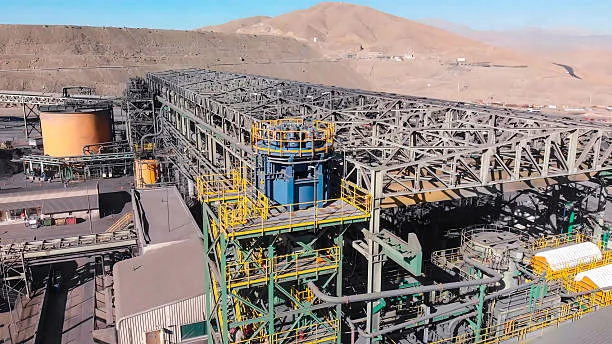
1. Introduction
With the continuous development of the gold mining industry, the easily - processed gold ore resources are gradually decreasing. Therefore, it is of great significance to study the beneficiation and smelting processes of refractory gold ores, such as gold ores with arsenic - antimony vein - disseminated type. These ores are characterized by comple
x mieralogy, where arsenopyrite and stibnite are closely associated with gangue minerals in a disseminated form, making gold extraction challenging. The all - slime cyanidation process is a common method for gold extraction, but for this type of ore, it often faces problems such as low gold leaching rate and high reagent consumption. Optimizing this process can effectively improve the resource utilization rate and economic benefits of gold mines.
2. Characteristics of Arsenic - Antimony Vein - Disseminated Type Gold Ores
2.1 Mineralogical Composition
In arsenic - antimony vein - disseminated type gold ores, arsenopyrite and stibnite are the main minerals that affect gold extraction. Natural gold particles in the ore have extremely uneven particle sizes. They are mainly distributed in the cracks and inter - granular spaces of pyrite and arsenopyrite, or are wrapped within them. Sometimes, gold coexists with stibnite, and part of it is embedded in gangue minerals such as limonite or quartz. A portion of pyrite in the ore exists as fine - grained disseminations in gangue minerals and has a close symbiotic relationship with arsenopyrite and marcasite. Arsenopyrite generally has a relatively fine particle size and is closely associated with pyrite. The ore structure is mainly vein - disseminated, with most stibnite and arsenopyrite intergrown with gangue minerals in a disseminated manner.
2.2 Harmful Elements
The presence of arsenic (As) and antimony (Sb) in the ore is extremely unfavorable for the cyanidation leaching of gold. These elements can react with cyanide and oxygen in the cyanidation process, consuming a large amount of reagents and reducing the leaching rate of gold. For example, arsenic can form various arsenic - containing compounds in the cyanide solution, which not only consume cyanide but also may form passivation films on the surface of gold particles, hindering the contact between gold and cyanide ions.
3. Existing Problems in the All - Slime Cyanidation Process
3.1 Low Gold Leaching Rate
Direct all - slime cyanidation of arsenic - antimony vein - disseminated type gold ores often results in a low gold leaching rate. Due to the complex mineralogical composition and the presence of harmful elements, gold is difficult to be fully dissolved by cyanide. For some ores, the direct all - slime cyanidation recovery rate is only about 47.62%.
3.2 High Reagent Consumption
The cyanidation process requires a large amount of cyanide as the leaching agent. However, in the presence of arsenic, antimony and other harmful elements, the consumption of cyanide increases significantly. In addition, the presence of some sulfide minerals in the ore can also react with cyanide, further increasing reagent consumption. For example, the reaction of sulfide minerals with cyanide can form various cyano - complexes, reducing the free cyanide concentration in the slurry and retarding gold leaching.
4. Optimization Strategies for the All - Slime Cyanidation Process
4.1 Pretreatment Methods
4.1.1 Alkaline Leaching Pretreatment
Using NaOH as the alkaline leaching agent can effectively remove some harmful elements. Through orthogonal factorial experiments, it has been determined that for some ores, when the mineral grinding fineness is - 200 mesh accounting for 85%, the alkaline leaching concentration is 60 kg/t, the alkaline leaching time is 32 h, and the alkaline leaching temperature is 26 °C, the subsequent cyanidation effect can be improved. Alkaline leaching can dissolve some arsenic - and antimony - containing minerals to a certain extent, reducing their negative impact on the cyanidation process.
4.1.2 Acid Pretreatment
Acid pretreatment, such as using nitric acid (HNO₃) and hydrochloric acid (HCl), can also be effective. Acid pretreatment can reduce cyanide consumption. For example, after acid pretreatment, cyanide consumption can be reduced by 340 - 210 mg/L respectively, and the corresponding gold recovery rates can increase to 98.87% and 95.11%. Acid pretreatment can dissolve some carbonate minerals and part of the sulfide minerals in the ore, reducing the interference of these minerals in the cyanidation process.
4.1.3 Roasting Pretreatment
Roasting the ore at 600 - 1000 °C for 0.5 - 2 h before cyanidation can also achieve good results. Cyanidation results on roasted samples show that cyanide consumption is drastically reduced by 1150 mg/L, and the gold recovery rate increases by 5.2%. In addition, the contents of arsenic, antimony, cadmium, and MERCURY in the roasted sample (roasted at 1000 °C for 2 h) are significantly reduced. Roasting can convert sulfide minerals into metal oxides, making gold more accessible to cyanide leaching.
4.2 Optimization of Cyanidation Conditions
4.2.1 Cyanide Concentration
For ores with different characteristics, the appropriate cyanide concentration needs to be determined. For the first type of ore sample containing 10.5 ppm gold with high arsenic and antimony, the optimum cyanide concentration is 4000 mg/L, while for the second type of ore sample with a low gold content (2.5 ppm) but a high silver content (160 ppm), the optimum cyanide concentration is 2500 mg/L. Adjusting the cyanide concentration according to the ore properties can ensure efficient gold leaching while reducing reagent waste.
4.2.2 pH Value
The pH value of the cyanidation solution also has a significant impact on the leaching effect. For the first sample, the optimum pH is 11.1. and for the second sample, the optimum pH is 10.5. Maintaining the appropriate pH value can ensure the stability of the cyanide solution and promote the reaction between gold and cyanide ions.
4.2.3 Cyanidation Time
The cyanidation time should also be optimized. For both types of samples mentioned above, the appropriate cyanidation time is 24 h. Prolonging the cyanidation time may not necessarily increase the gold recovery rate significantly but will increase production costs. Therefore, determining the appropriate cyanidation time is crucial for improving production efficiency.
4.2.4 Use of Oxidizing Agents
Using oxidizing agents such as H₂O₂ (0.015 M), air (0.15 L/min), or a mixture of H₂O₂ and air can improve the gold extraction kinetics. Among them, the injection of air has the most significant beneficial effect on the leaching kinetics. Oxidizing agents can convert some reduced substances in the ore into oxidized forms, promoting the dissolution of gold.
5. Case Studies
In a gold mine in Gansu, the all - slime cyanidation process of arsenic - antimony vein - disseminated type gold ore was optimized. Through alkaline leaching pretreatment with NaOH, optimizing the grinding fineness, alkaline leaching concentration, time, and temperature, and then carrying out cyanidation with appropriate NaCN concentration and cyanidation time, the cyanide leaching rate increased from the original 47.62% to 85.04%. In another case, in a gold deposit with complex ore composition, after acid pretreatment and roasting pretreatment, and then adjusting the Cyanidation Conditions, the gold recovery rate was significantly improved, and cyanide consumption was effectively reduced.
6. Conclusion
Optimizing the all - slime cyanidation process for arsenic - antimony vein - disseminated type gold ores is an effective way to improve gold extraction efficiency and reduce production costs. By choosing appropriate pretreatment methods such as alkaline leaching, acid pretreatment, and roasting pretreatment, and optimizing cyanidation conditions including cyanide concentration, pH value, cyanidation time, and using oxidizing agents, significant improvements can be achieved in gold leaching rate and reagent consumption. Different gold mines should select optimization strategies according to their own ore characteristics to achieve the best economic and environmental benefits.
- Random Content
- Hot content
- Hot review content
- Dithiophosphate 25S
- Sodium bisulfite 99% High Quality Factory Supply
- Digital Electronic Detonator(Delay time 0~ 16000ms)
- Potassium Permanganate – Industrial Grade
- Ammonium Persulfate Industrial Grade 98.5%
- Triethanolamine(TEA)
- Lithium hydroxide 99% Solid
- 1Discounted Sodium Cyanide (CAS: 143-33-9) for Mining - High Quality & Competitive Pricing
- 2China's New Regulations on Sodium Cyanide Exports and Guidance for International Buyers
- 3Sodium Cyanide 98% CAS 143-33-9 gold dressing agent Essential for Mining and Chemical Industries
- 4International Cyanide(Sodium cyanide) Management Code - Gold Mine Acceptance Standards
- 5China factory Sulfuric Acid 98%
- 6Anhydrous Oxalic acid 99.6% Industrial Grade
- 7Oxalic acid for mining 99.6%
- 1Sodium Cyanide 98% CAS 143-33-9 gold dressing agent Essential for Mining and Chemical Industries
- 2High Quality 99% Purity of Cyanuric chloride ISO 9001:2005 REACH Verified Producer
- 3Zinc chloride ZnCl2 for High Molecular Weight Polymers Initiator
- 4High Purity · Stable Performance · Higher Recovery — sodium cyanide for modern gold leaching
- 5High Quality Sodium Ferrocyanide / Sodium Hexacyanoferr
- 6Gold Ore Dressing Agent Safe Gold Extracting Agent Replace Sodium Cyanide
- 7Sodium Cyanide 98%+ CAS 143-33-9

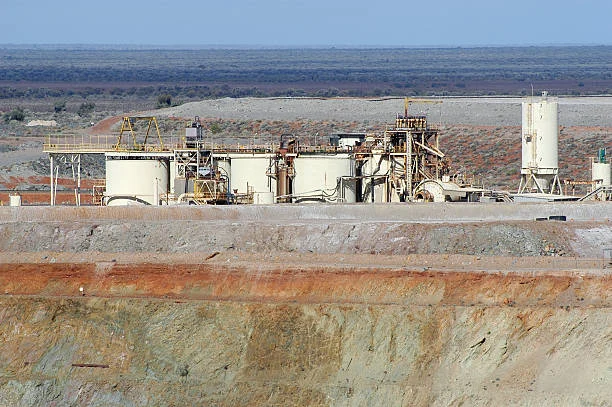
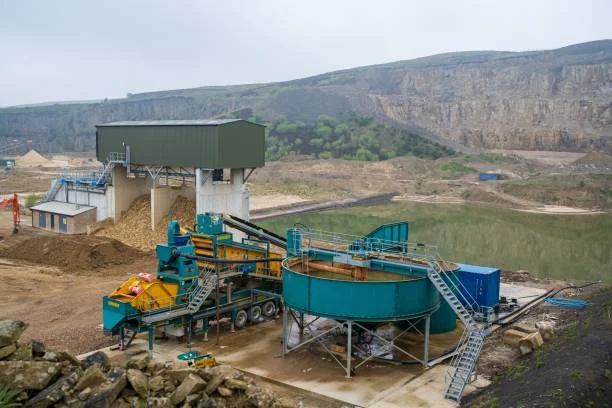
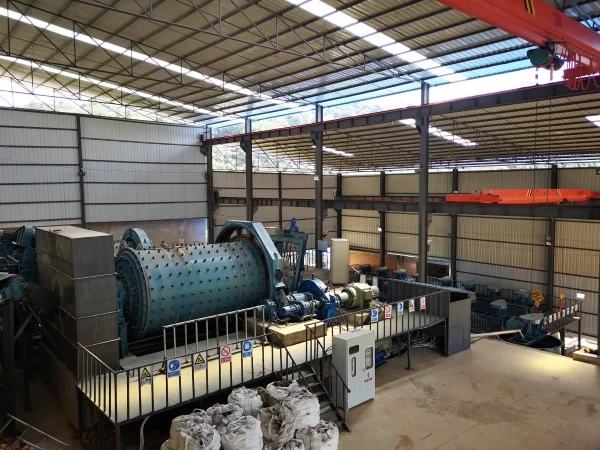
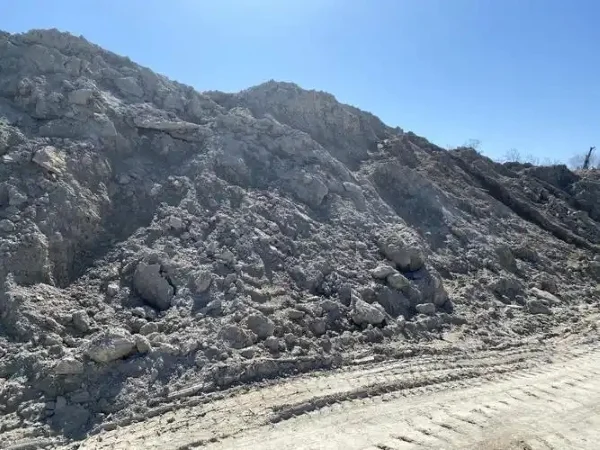
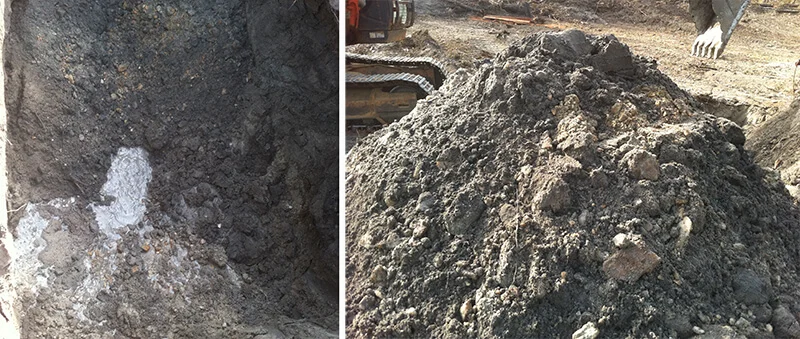
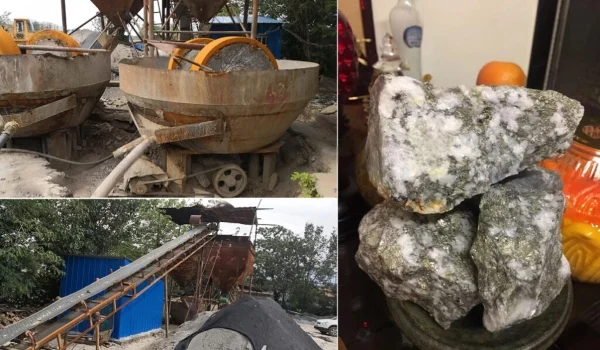
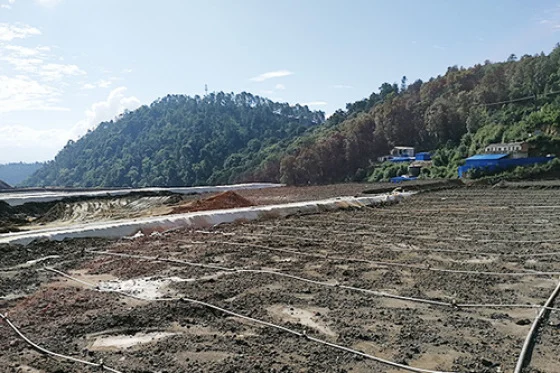


Online message consultation
Add comment: